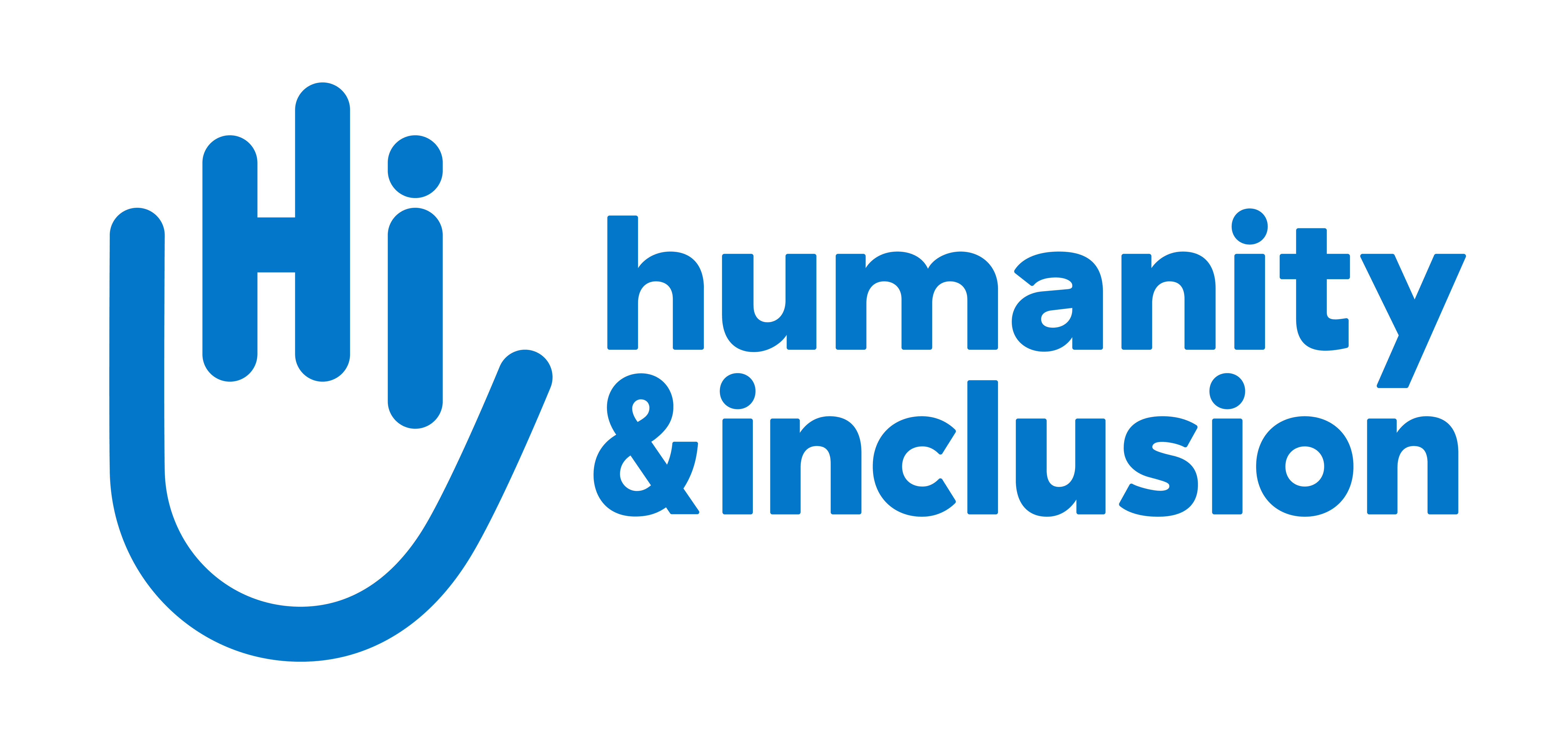In Cambodia, HI acts in the long term
Back from a field visit to Cambodia in early March, Pierre Léonard, President of the Board of Directors of Humanity & Inclusion Canada shares his experience.

Kanha (beneficiary in the middle) surrounded by the HI team, South East Asia region, in the offices in Phnom Penh | © HI
Why a visit to Cambodia?
Cambodia holds a unique place in the history of HI. Our organization was born in 1982 on the outskirts of a country that had suffered from the Khmer Rouge regime of Pol Pot and many years of regional wars. Its founders, under the leadership of Dr. Jean-Baptiste Richardier, were supporting Cambodian refugees along the Thai border. Among these refugees were 6,000 amputees, mostly landmine victims. Despite an international effort to help the refugees, no organization was responding to the specific needs of these disabled people. This was the beginning of our adventure which saw our teams officially take up a position in the country in 1986. Since then, HI has been deployed throughout the South-East Asian region to provide assistance to the most needy victims of armed conflicts, public health issues and natural disasters. It must be said that HI does not only act in situations of armed conflict, but wherever the populations need humanitarian aid.
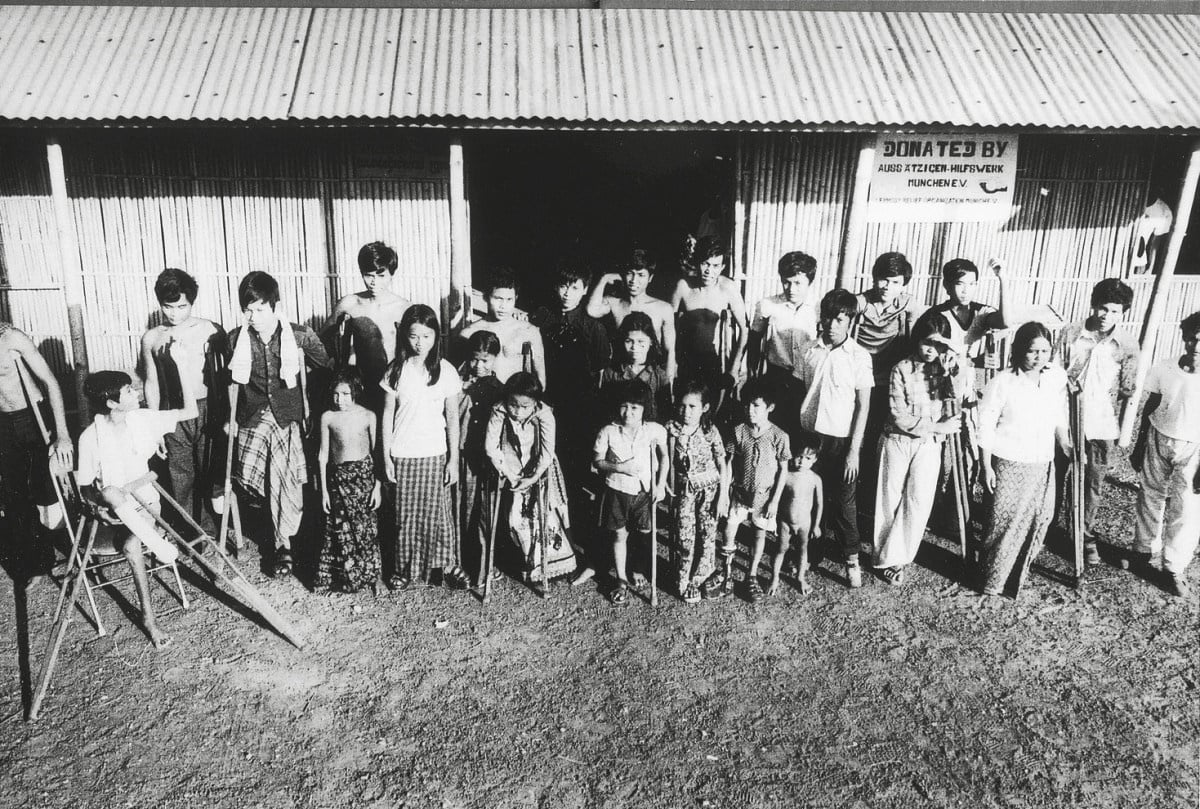
Going to Cambodia represented a return to the organization's roots. This visit also coincided with a working and planning meeting of our country directors working in the region (Myanmar, Thailand, Laos, Cambodia, Vietnam and Philippines). It was therefore an opportunity not only to take stock of our activities in Cambodia, but also to share the very diverse issues we face in each of the countries where we operate in this great region.
Who accompanied you on this visit?
I was accompanied by three national association presidents (Nancy Kelly from the United States, Xavier Ducrest from France, Pierre Delandmeter from Luxembourg); the president of the HI Federation, Jean-Noël Dargnies; and our deputy director general in charge of operations, Florence Daunis. It was a good opportunity for all of us to meet and discuss, not only with our regional directors, but also an opportunity to strengthen our team synergy and reinforce our links between directors.
Why is it important for an administrator to go into the field?
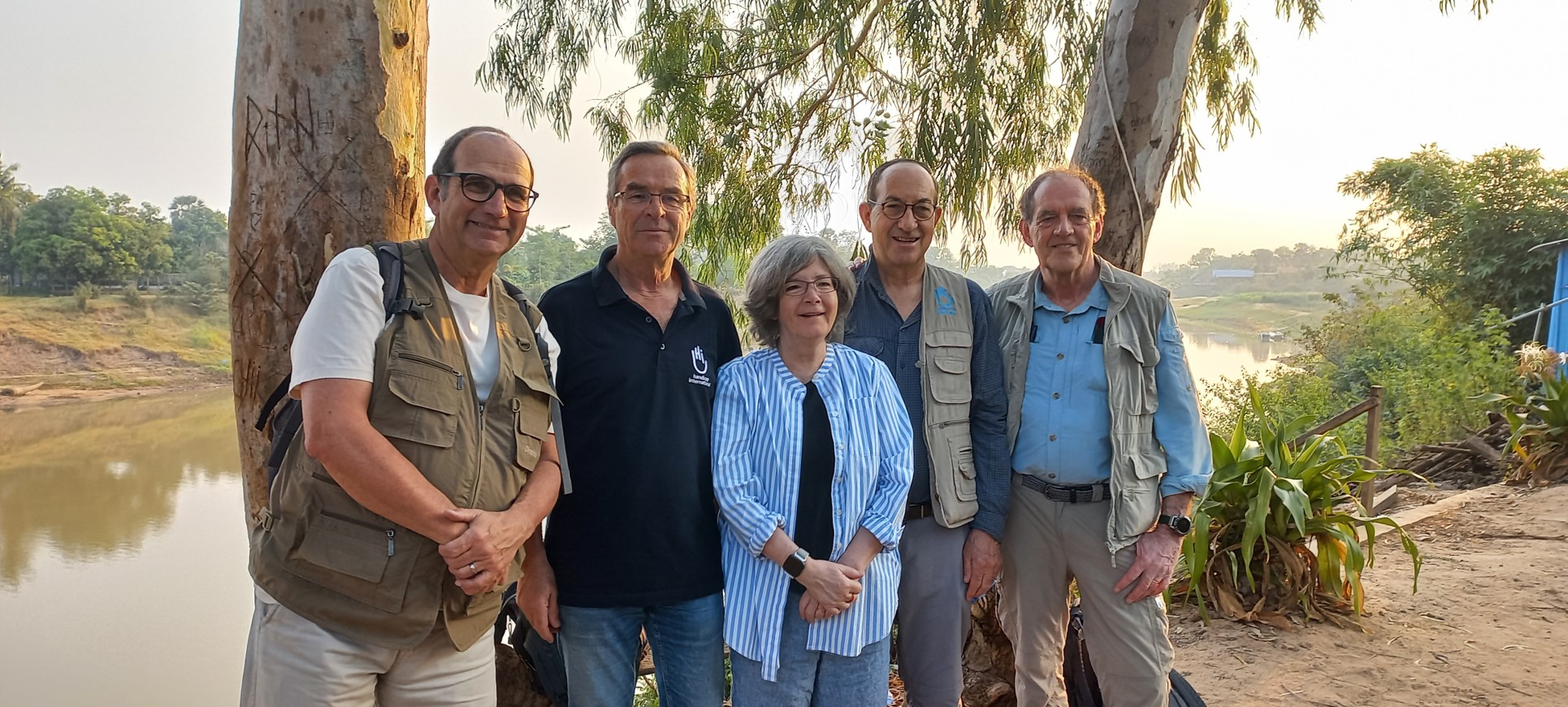
I think it is one of our primary responsibilities as NGO directors to see, understand and even question how our teams use the funds we raise in our national associations. In a context where national directors are far away from the centers of action and are involved on a part-time and voluntary basis, this contact with reality is absolutely essential. We have a duty to show our donors and members what our teams are doing in the service of our beneficiaries.
What does HI do concretely in Cambodia and in the South East Asian region?
Having emerged from conflict many years ago, our role in Cambodia is to support efforts to promote the inclusion of the many victims of past events and to reduce the risk of disability for a large part of the population still living in very fragile conditions. Our areas of intervention include rehabilitation, integration, prevention and, unfortunately after all these years, the decontamination of mined land.
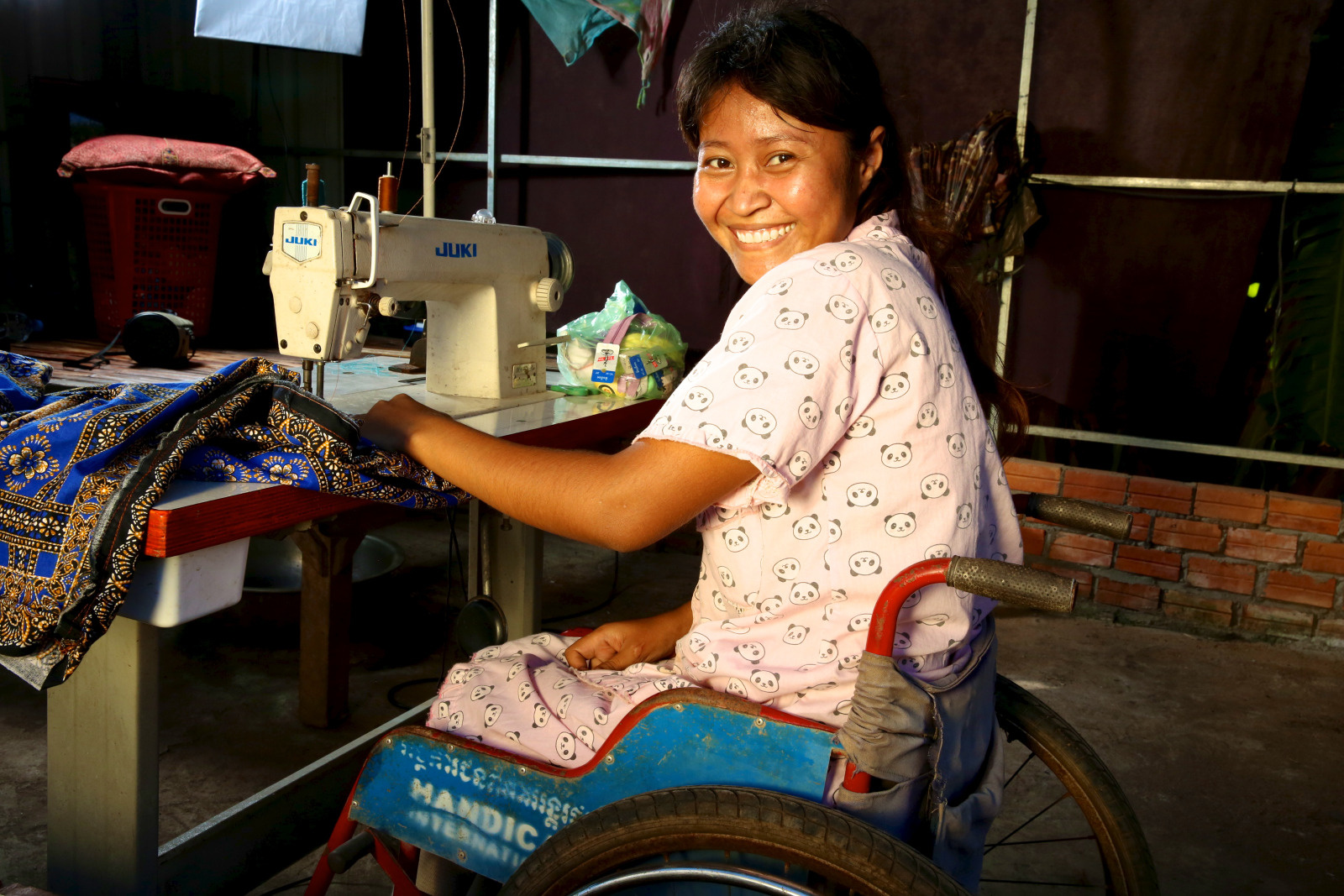
Cambodia estimates that it will be landmine-free by 2025. That's several decades of hard work to overcome this scourge. This is a difficult reality to gauge from our Canadian perspective.
As far as the South-East region is concerned, our meetings with our directors have enabled us to grasp the complexity and diversity of the issues at stake. While the organization supports some countries in their public health, rehabilitation and integration efforts, others are facing extremely precarious situations. For example, since the political overthrow in February 2021, Myanmar (formerly Burma) has been in the grip of a major humanitarian crisis. Armed violence, combined with an unprecedented political, economic and health crisis, has literally toppled the country and caused a ripple effect of large waves of refugees to neighboring Thailand. Meanwhile, the Philippines, which has been hit by cyclones, typhoons, volcanic eruptions, floods and earthquakes, is one of the countries most at risk of natural disasters. Although we have been present in the region since our very beginnings, it is obvious that there are still many needs in the region.
Can you give us an outline of your itinerary? What places did you visit?
The visit was spread out over five tightly packed days.
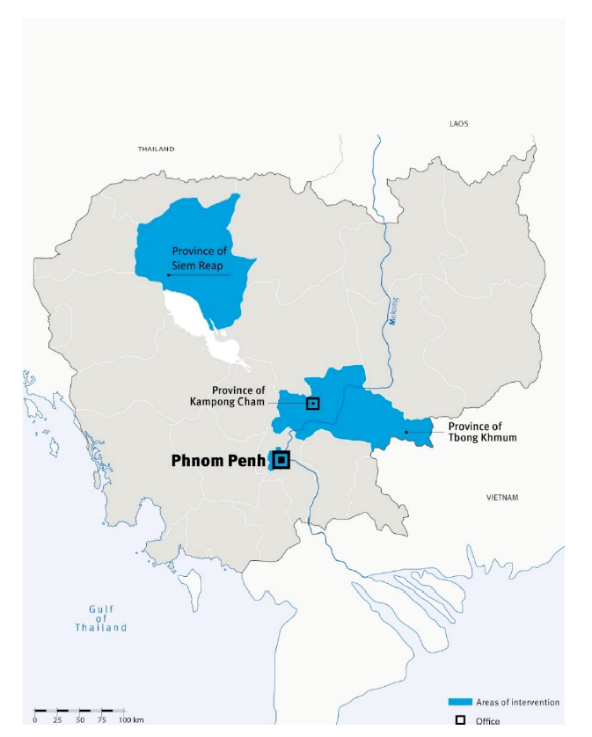
Arrived the day before in the afternoon, the time to take our marks, we met in day one, the regional director of HI, the country directors and the local team in the offices of HI in the heart of Phnom Penh. It was the occasion to give us a briefing and to take part in an exchange on the stakes with which our teams have to deal on a daily basis: operations, accessibility, logistics, security, financing, local and foreign partnerships, planning. Each country has its own dynamics, each team cooperates with each other.
Day two, we visited the moving Tuol Sleng genocide museum. A must-see pilgrimage to understand the trauma experienced by the Cambodian population. We had the privilege to meet one of the rare survivors of this prison of death. It is important to remember that approximately 1.7 million people (20% of the population at the time) were brutally eliminated during these years of terror. We then visited the MoSVY prosthetic component manufacturing facility that supplies rehabilitation centers across the country and for which we have provided technical support and advice since its inception.
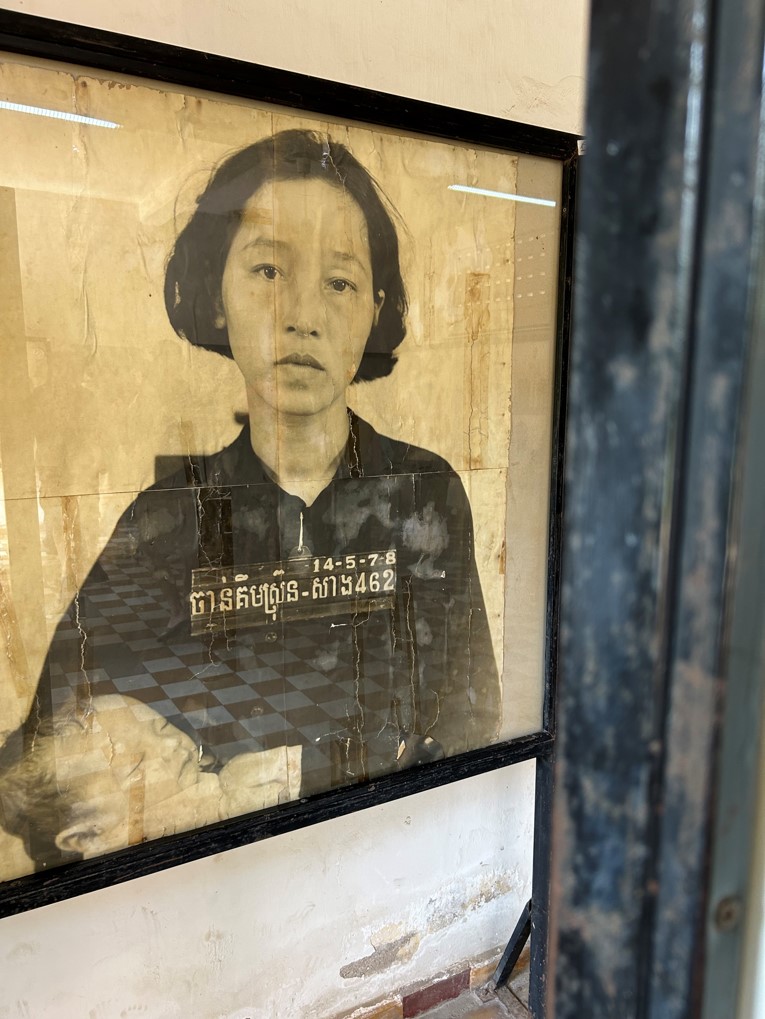
The next day, we went to the province of Kampong Cham to visit the local rehabilitation center set up by HI and its partners. A unique opportunity to discuss with the team in place and to meet users of the center. HI trains the staff and works to improve the management of the center in partnership with the local authorities.
Day four, transportation to Siem Reap province where HI supports the demining specialists of Cambodia Self-Help Demining (CSHD), a Cambodian organization involved in demining efforts.
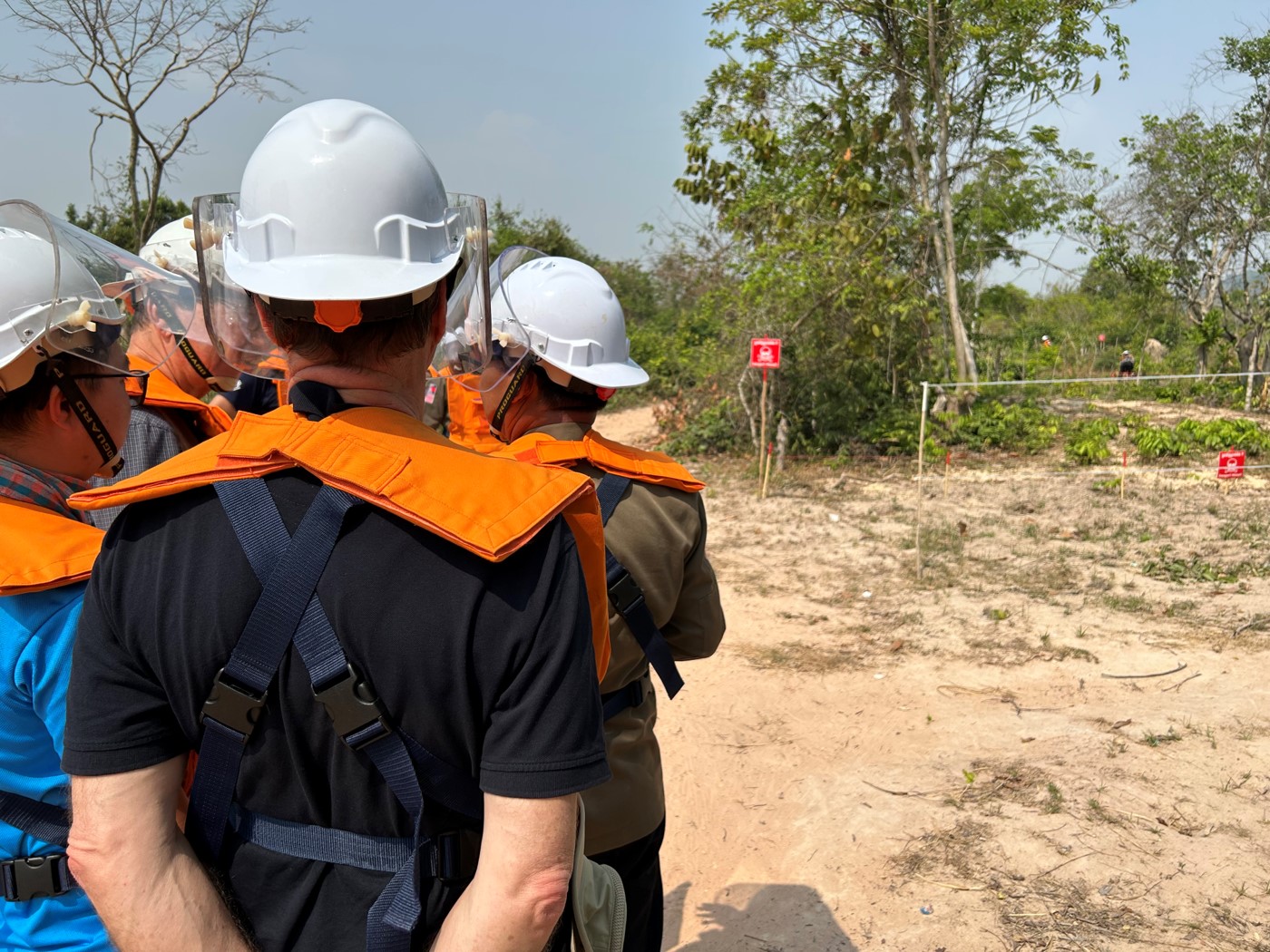
Are there any highlights you would like to share?
There are three moments that I remember and that marked me more than the others.The first was the surprise visit of Kanha. A young Cambodian girl who was the victim of an explosive remnant of war in 2005 and who lost her leg. She was 13 years old at the time. She was fitted with an orthopaedic device at the Kompong Cham center and returns there 3 times a year for a follow-up. At 21 years old, Kanha is now a fulfilled young woman who works and participates in the active life of her community. She embodies the very reason for our commitment.
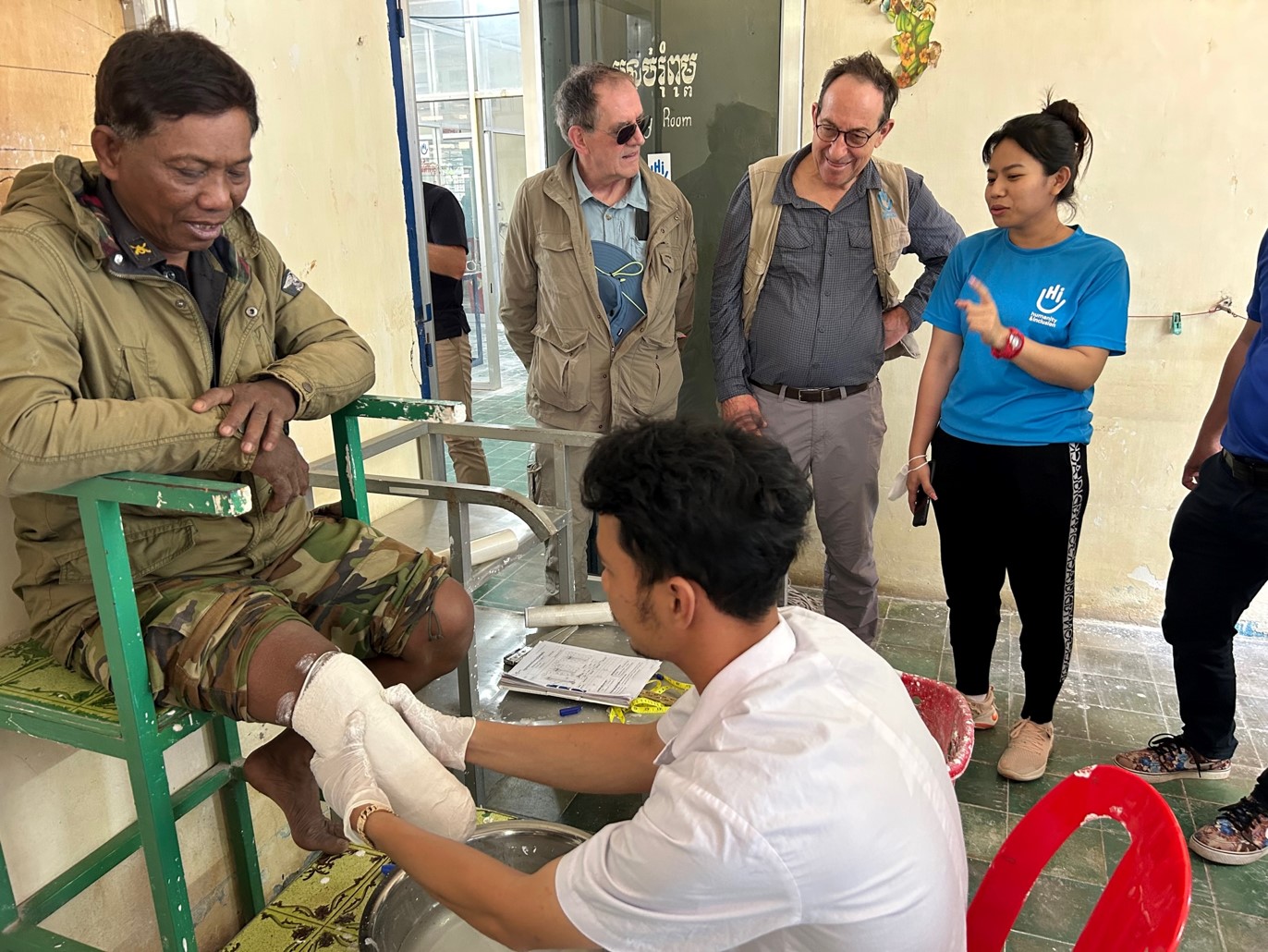
The second was the meeting with the team of the rehabilitation center of Kampong Cham where I was able to witness the generational and professional transfer within the center. It was reassuring to see that all the efforts and funds invested were sustainable. A new generation of local professionals and managers are taking over from their elders to continue the mission of the center. HI acts in the long term.
Finally, a moment that took place under a blazing sun at over 37 degrees.
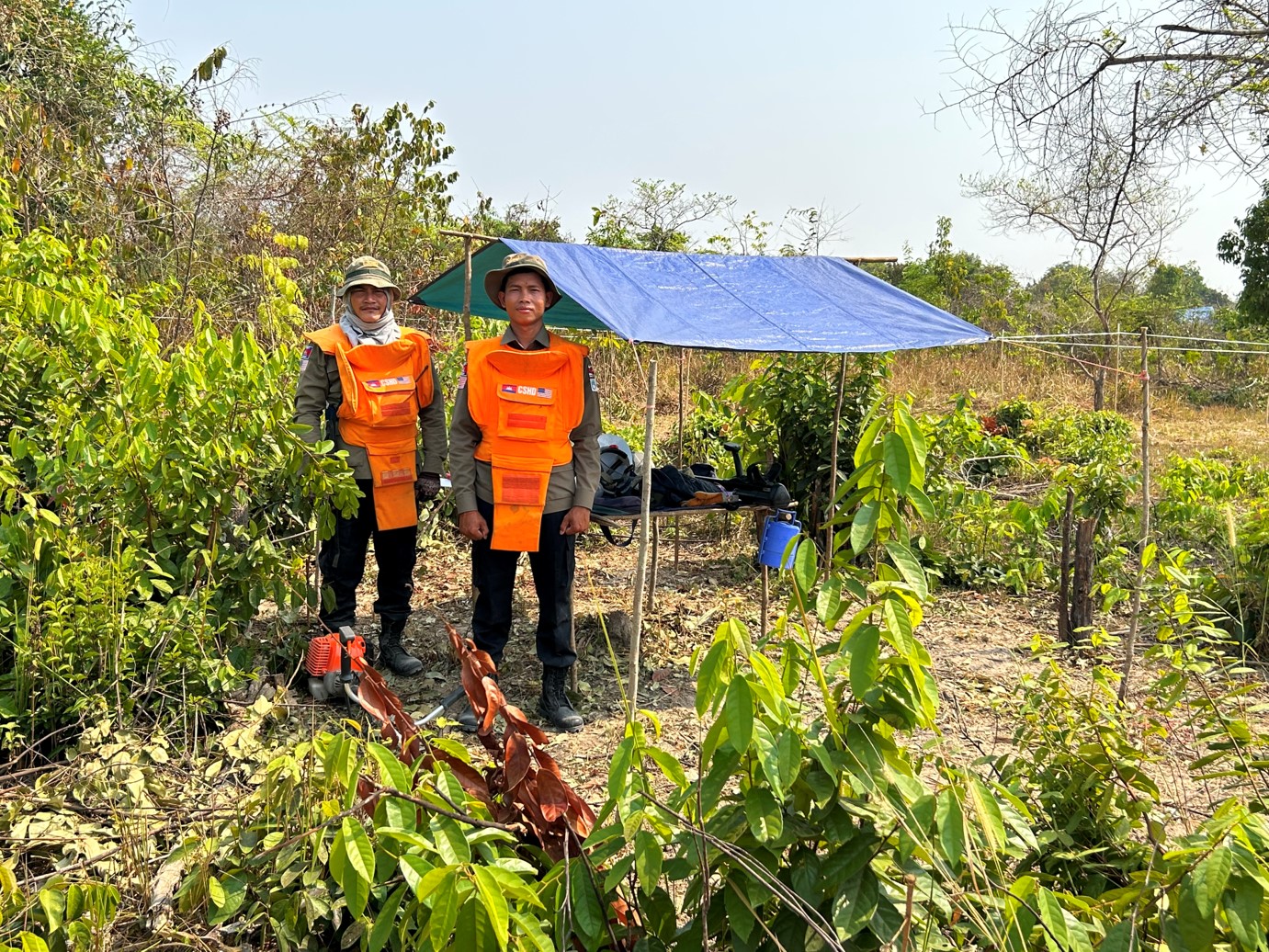
The walk to meet the deminers on a path secured by the association Cambodia Self-Help Demining (CSHD). An awareness of the hard work of these deminers to give Cambodian citizens, children going to school and farmers a safe territory after decades of constant danger.
What do you remember about this visit?
That our work is far from over in the region despite undeniable progress.That political situations are changing and fragile and that we should never take things for granted. That great challenges related to climate change lie ahead for the region.That Canadian citizens should know more about our mission and the unique role we play on the international stage. HI is an organization to discover and support. Giving your time or money can make a real difference.
I found out about HI several years ago through a relative living with a disability. This person has been involved all her life in the service of inclusion and accessibility here at home. When she introduced me to HI, I realized that this solidarity had no boundaries.
Any last words?
I would like to sincerely thank all the people who welcomed us during this trip. They are the actors of our mission. I salute their courage, their determination, their resourcefulness, their professionalism. A special thank you to Gilles Nouzies, our regional director, and his valiant team for giving us their precious time.
